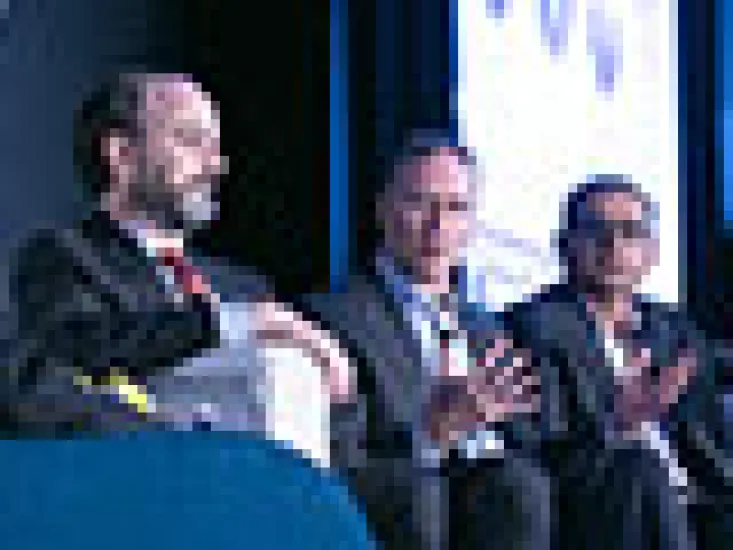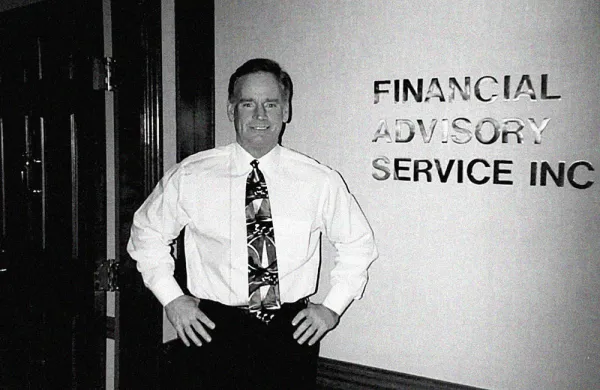The competitive race to provide financial traders with state-of-the-art technology is a never-ending challenge to financial executives. A large part of that challenge is in containing the costs that come with continually updating trading platforms and hiring top engineers, industry practitioners say.
A trio of C-suite executives speaking on a trading technology panel at Institutional Investor’s inaugural iiFintech Symposium, held on Thursday at Chelsea Piers in New York, agreed that innovation comes at a price.
Each speaker represented a critical link in the trading chain. Daniel Coleman is CEO of broker-dealer KCG Holdings, formed in the July 2013 merger with high frequency trader Getco, requiring the consolidation of many technology platforms.
“We’re a traditional broker-dealer at a not-traditional time,” said Coleman, adding that two thirds of the firm’s 900 employees can code. (“Unfortunately I’m in the one-third” that can’t, he joked.) To hold down costs in the market-making side of his business, said Coleman, “all our technology is homegrown.”
Chris Concannon, CEO of Bats Global Markets, represents the second-largest securities exchange by U.S. equity market share and the No. 1 exchange in Europe. Appointed president in December 2014 and CEO the following March, Concannon oversaw the second attempt at Bats’ IPO on April 15, 2016 following an embarrassing technical glitch that sabotaged the first IPO in March 2012.
“We don’t sit around and think how we can be more innovative,” he said. “It’s more like how can we attack the landscape: What’s the opportunity set, how many dollars can be assigned to it, how certain are we around it?”
He added that whether a financial company sees itself as a technology firm or a finance firm can influence the share of resources spent on technology. With operations in ten markets around the globe, Bats’ 328 employees “have to believe in their technology, have to live and breathe it, have to turn to it for all their needs,” he explained.
As the former head of information technology and software development at the multistrategy and quantitative hedge fund firm D.E. Shaw, Gaurav Suri, CEO of Arcesium, started out building trading systems for the firm’s different quant businesses. Eventually, the need for a cutting edge posttrade system became more critical, leading his team to develop one internally.
“Nothing out there could deal with what hedge funds deal with,” he explains. “As a tech firm, it was always technology first.” Once they achieved their goal, the hedge fund firm spun off the posttrade technology in March 2015, dubbing it Arcesium.
Aside from building or buying technology innovations, the three CEOs have to grapple with the high costs of hiring experienced technologists, perhaps the biggest challenge of all. Concannon reported that Bats's Kansas City headquarters has been unexpectedly helpful in attracting engineers from both coasts of the U.S. who seek a less stressful lifestyle.
For his part, said Coleman, the recent relocation from Jersey City to New York has aided in KCG’s hiring process. Suri agreed that Arcesium’s large development center in India has helped keep down costs. “For a small company with large ambitions, it has the advantage of talent at a lower cost,” he said.





